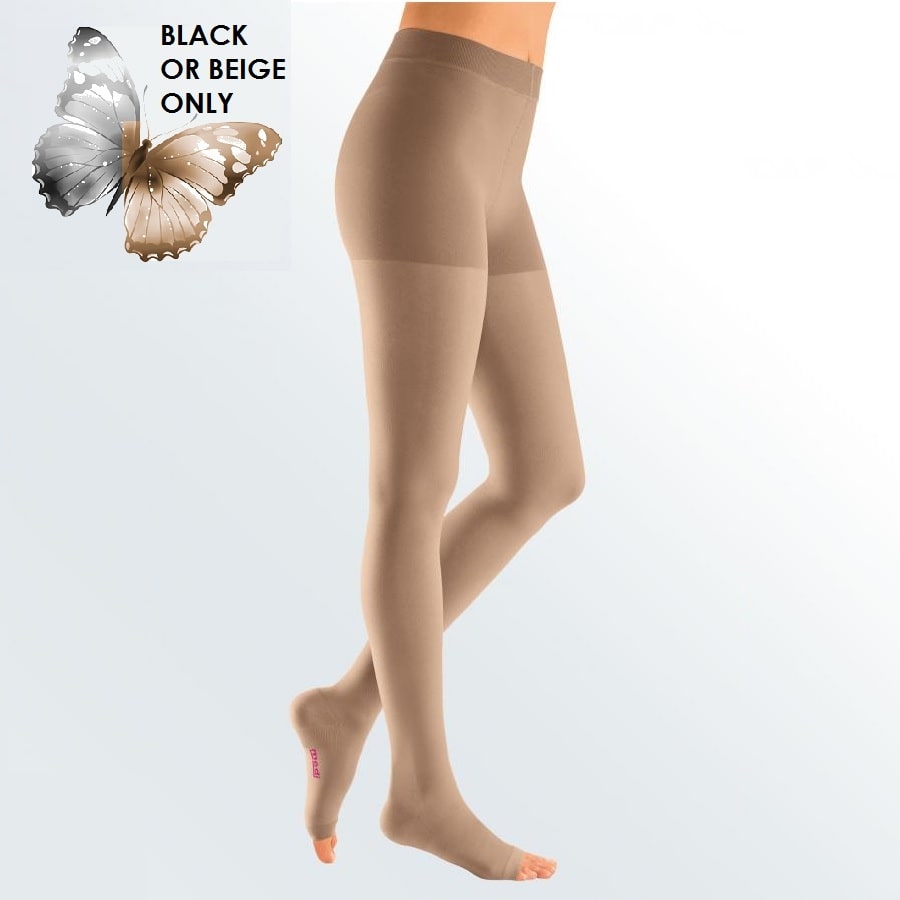

The 20-30 mmHg level of compression is the first of the medical grade compression levels . Most compression socks are at this level. When purchasing compression gear it is important to determine how much compression you need and make sure the compression garment is relevant to what your condition is.Ī low level of compression, such as 15-20 mmHg is a great choice for everyday compression to help with mild swelling and fatigued legs due to long periods of travel, sitting or standing. The unit of measurement is called “millimeters of mercury” which is a measurement of pressure. What do the compression levels mean ?Ĭompression levels are indicated with a range of numbers like “20-30 mmHg”. This in turn helps to minimise muscle fatigue and soreness, help recovery and (potentially) improve performance. Graduated compression means that the compression in the ankles is firmer than the upper legs – the graduated compression massages the veins and muscles and pushes the blood towards the heart and lungs. But what does “compression” do and why should I buy it?Ĭompression has been used in the treatment of swelling conditions such as lymphedema, vascular issues, varicose veins and Postural orthostatic tachycardia syndrome (POTS) - a condition that affects circulation and blood flow.Ĭompression may help improve post-workout recovery by reducing DOMS (Delayed Onset Muscle Soreness ) - the soreness you sometimes feel in your legs a couple days after a tough workout and can be used to help reduce the risk of DVT (deep vein thrombosis)Ī true compression garment will have a graduated level of compression which helps improve the circulation of oxygen in the blood, support muscle movements and reduce vibrations. Compression shorts and tights have been worn by sprinters for years, and compression socks and leggings are increasingly popular amongst distance runners. Keeping your feet dry helps prevent blisters.South Georgia & South Sandwich Islands (GBP £) Quick-Drying: Depending on the weather when you run, you may need a pair of compression socks in a breathable, quick-drying fabric, or you may need a pair that is entirely waterproof.Blister Prevention: Some compression socks feature multi-layer construction to keep you blister-free.Cushioned Foot: Like many basic running and hiking socks, some compression socks have cushioning underfoot to absorb impact.Top-Band: Some over-the-calf compression socks have a band at the top of the sock designed to prevent the socks from slipping down the calf, which is useful for runners who don't want to slow down for adjustments.No-Slip: Some compression socks have no-slip soles, which you might like if you're also planning to wear them around the house after your run.

Anti-Odour: Some compression socks are made from antimicrobial, odour-reducing fabrics such as merino wool, which are helpful if your feet tend to stink.Moisture-Wicking: If you have sweaty feet, you'll want a pair of compression socks that are breathable and moisture-wicking to keep you cool and dry.Compression Sleeves: Some runners who don't experience swelling in the feet prefer compression sleeves, which only provide pressure on the ankle and calf.They're also a little easier to slip in and out of. Open Toe: You might choose a pair of open-toe compression socks if you're running in warm weather or have any toe problems that might cause discomfort.

Aside from the many colours and styles available for compression socks, you'll also find a variety of different features to choose from.


 0 kommentar(er)
0 kommentar(er)
